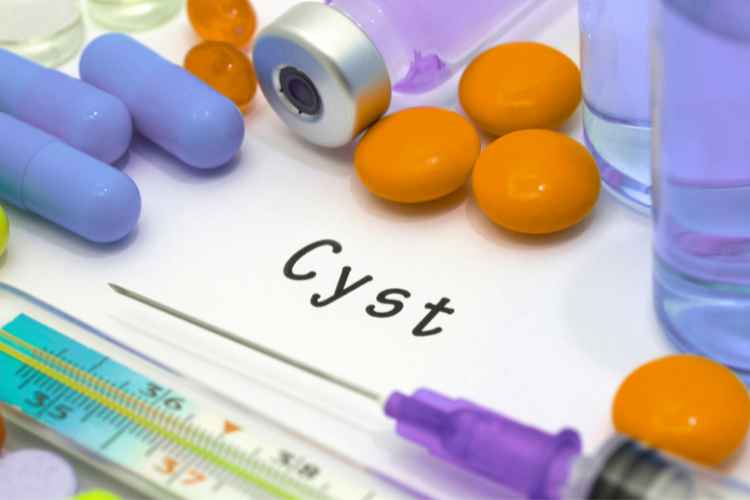Cysts are normally harmless. You can leave alone the small cysts that are not causing you any problems. However, if you are concerned by their appearance or a cyst that interferes with your regular activities or rubs against your clothes uncomfortably, you should consider undertaking a cyst removal. The team of expert dermatologists at LUX Dermatology offers the right Las Vegas cyst removal, depending on the diagnosis. They carefully examine your cyst and determine the ideal medical treatment. Here is an exclusive guide on the best cyst removal practices.
Medical Practices for Cyst Removal
If you suspect you have a cyst, it is essential to consult a dermatologist for a diagnosis. Your doctor will recommend a suitable treatment depending on the location and type of cyst. If the cyst has to be removed, some of the best methods used include;
· Drainage
During the procedure, the doctor will start by numbing the treatment cyst area and then makes a tiny incision to drain the material from the cyst. The wound is then packed with gauze for healing. You might even need to take antibiotics to prevent or treat the infection. The heel often heals in one or two weeks.
A drainage procedure is not recommended for pillar or epidermoid cysts. This is because it leaves the cysts on the skin, making them recur eventually. The procedure can also cause scarring on and under the skin, which makes recurring cysts more challenging to remove.
· Fine Needle Aspiration
Your dermatologist might recommend fine-needle aspiration to remove your cyst. The method involves the insertion of a tiny needle into the cysts and extracting the contents making the cyst significantly less noticeable. The treatment method is mostly used for removing breast cysts which sometimes recur. Fine-needle aspiration is sometimes used in biopsy tests to check whether a breast cyst has cancerous cells.
· Surgery
Surgery is sometimes recommended for some cysts, such as Baker’s, ganglion, and dermoid cysts. The doctor starts by numbing the area with the cyst and then makes a small cut to remove the cyst. Surgical cyst removal often results in a scar. The size of the scar will depend on the size of the cyst and other factors.
· Laparoscopy
Some particular types of cysts, such as ovarian cysts, are best removed laparoscopically. During the procedure, the surgeon makes some small incisions using a scalpel. The doctor inserts a laparoscope and a tiny camera into the incision to view and eliminate the cyst. The incisions are minimally invasive and only result in a few tiny scars.
What Are the Risks of Removing a Cyst at Home?
Removing your cyst at home can cause various risks. If it is something other than a cyst, you could worsen the situation. Bursting, popping, or squeezing a cyst with a sharp object can result in permanent scarring or infection. Also, if the cyst already has an infection, you might risk spreading it more or harming the surrounding cells and tissues.
Most skin cysts are relatively harmless and might resolve on their own. And while there are some effective home remedies, some types of cysts do need medical treatment. It can also be challenging to differentiate a cyst from a skin abscess, boil, or something else. It is hence best to consult a doctor for precise diagnosis and treatment. Call or schedule an appointment online with LUX Dermatology today for the best cyst removal treatment.

